This is an interesting concept I’d like to demonstrate for creative songwriting. We’re going to look at writing a progression that changes key but remains in the same mode.
In this lesson we’re going to take full advantage of the beautiful lydian mode to write a mysterious chord progression that employs a key change. The really clever thing about how this works is that it uses the idea of pitch axis.
What is Pitch Axis?
In it’s most basic form pitch axis allows you to string together or form chord progressions using a series of unconnected chords, meaning they’re from different keys or modal key centres. The only thing holding them all together is a single common note of the same pitch. For example you could have two different chords, both with the note E in them, however at different pitches the ear isn’t able to associate a common sound between chords.
However using the same note at the same pitch between chords allows your listener to ‘lock on’ to something familiar. This allows you to connect differing chords together without sounding ‘wrong’ or with no musical direction. This is exactly what we are going to do in this lesson.
Modal Key Centers :
Rather than thinking about the major or minor scale as the key center we’re going to be creative and use the lydian mode as our key center. This is very much inspired by Steve Vai and Joe Satriani who are both heavy users of the lydian mode. I love writing in the modal key of lydian, especially using open chords.
Open chords make it super easy to take full advantage of the lydian sound. Before we do anything we need to understand what makes the lydian mode unique. The #4 in this scale imbues it with it’s beautiful mysterious sound. When you harmonize this scale to derive a progression, the first two chords are major. You can see how the #4 changes the chord sequence, in comparison to the major scale where first chord is major and the second minor.
Thinking about what makes lydian unique, C lydian, E lydian and A lydian all work perfectly with open chords, allowing for a rich and full sound using 5 and 6 strings. I’ve demonstrated each of these below and how these work.
Your Turn, Try This:
The Unique #4 note in Lydian (which could also be considered a b5) creates an interesting tension within a major sounding chord. Try playing just the 3rd and the #11 notes on their own, how does it sound? They sound jarring and ‘wrong’ don’t they? Now combine with the rest of the notes for the chord. Now how does it sound? We get a beautiful but mysterious sound that is unique to the lydian mode.
Basic Lydian Progressions with Open Chords
If you know the basic open chords Cmajor, Emajor, and Amajor then you can easily play a two chord lydian progression. Simply move those shapes up by a whole step with the exact same fingering to play the II chord of lydian with an added 9th and 11th. This gives us a D Add9 Add11 chord (It’s not as scary as the long winded name suggests!). Here’s an example in C Lydian:
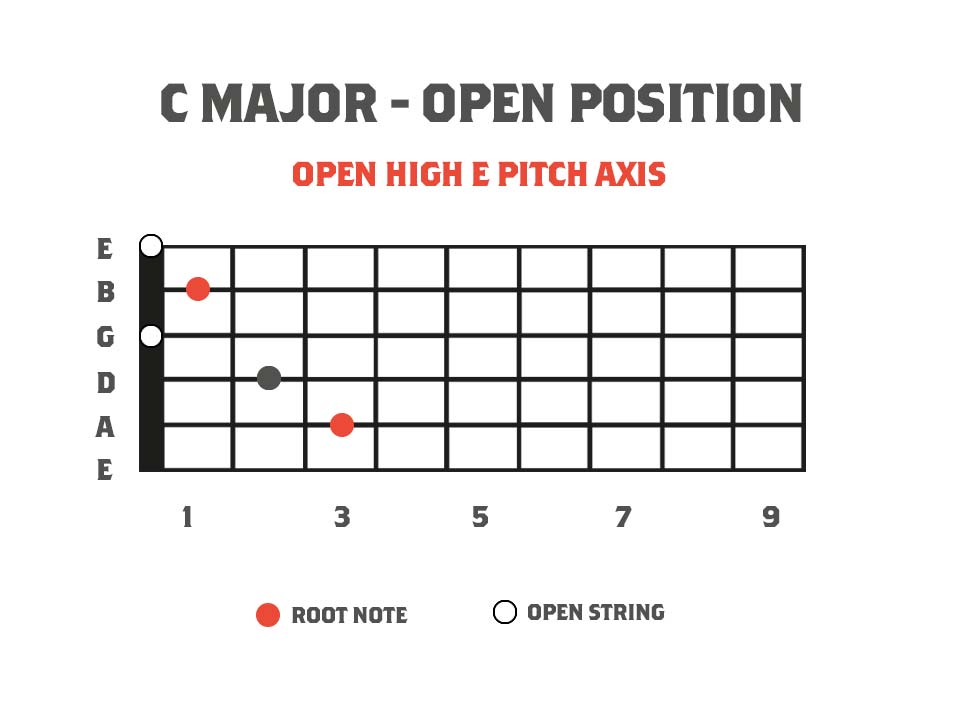
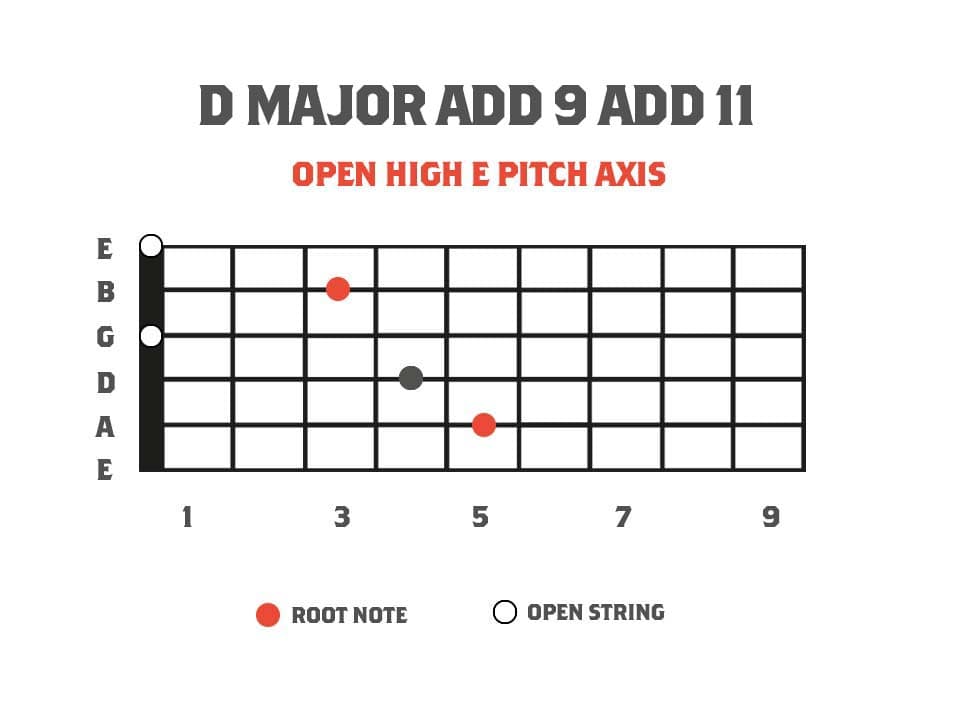
The 3rd of D Add9 Add11 is F# which is a #11 in relation to the previous C chord. It’s completely up to you how you choose to play these progressions as well, you could strum, arpeggiate or finger pick. Whatever the feel of your song dictates.
Creative Modal Key Change, C Lydian to E Lydian.
Now comes the creative and interesting part, we’re going to jump from the key of C lydian to E Lydian. We’ll jump straight to the II chord of E Lydian for maximum effect. The II chord of E Lydian is F# Dominant11 or just F#11 for short. So using C Lydian as our basis our full progression will go like this: Cmajor – D Add9 Add11 – F#11 – Aadd9 – Bm11b5.


The Key Change
This is where the key change happens. For this chord we’re now in the key of E lydian since F#11 is the 2 chord of E lydian. Notice the effect on the listener changing from the 2 chord in C lydian straight to the 2 chord of E lydian.
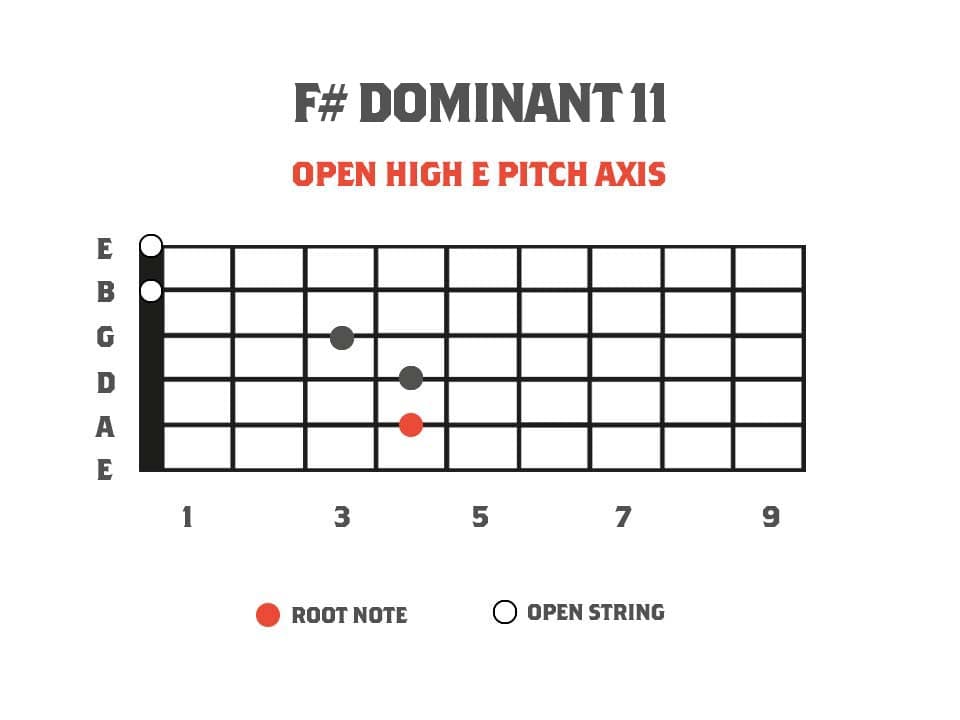
Second Key Change – A Major
Technically we change key here again, remember though that we’re using pitch axis, so our seemingly unconnected chords are held together by the open high E String. The bright and airy sound of A Add9 straight after the dark mysterious lydian key change really works well. It brings the listener back to a ‘safe place’ again.
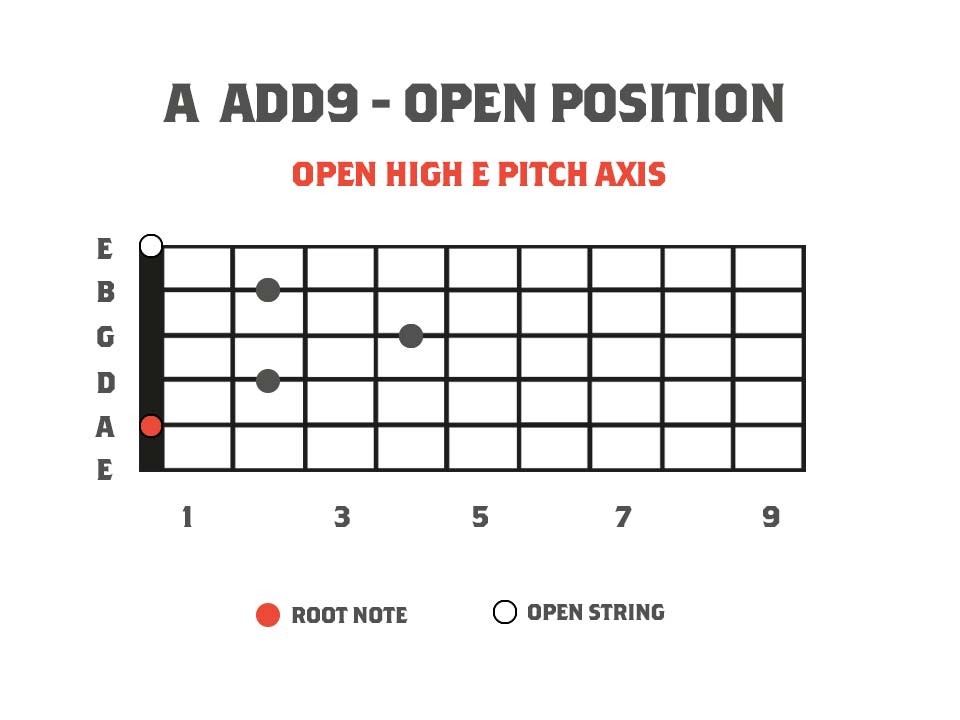
Finding A Resolution
Unless the intent is to really play ‘ outside’ a good chord progression should find a resolution back to the 1 chord. This will ensure that there is a sense of familiarity and repetition for the listener. You can only take your listeners on a journey for so long before they want to get off the ride! Finding a resolution to the 1 chord keeps them on board!
You can only take your listeners on a journey for so long before they want to get off the ride. Your job is to keep them on board!
CJ – Strings of Rage
In this example Bmin11b5 worked really well from A add9 as it present’s a ‘nearly home’ type of sound pull towards the 1 chord. As we already know, in a major key the min7b5 is the last chord in the scale that resolves nicely to the 1 chord.
While technically we started our progression in the key of C lydian, for the sake of the resolution we’re treating the C major chord as if we are in the key of C major which is why the Bmin11b5 works so well. Once you repeat this progression it quickly keeps the listener interested with it’s unique chord changes.
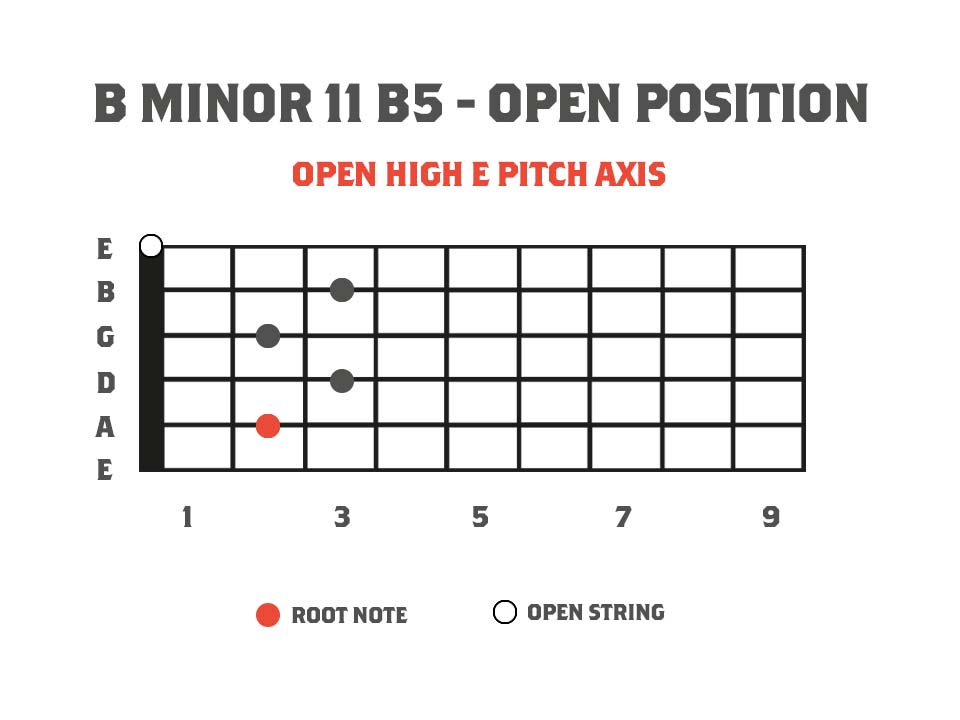

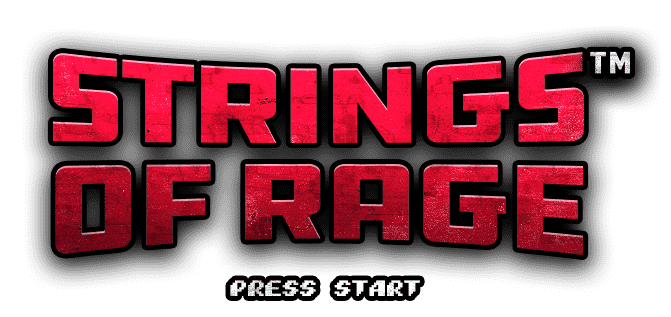
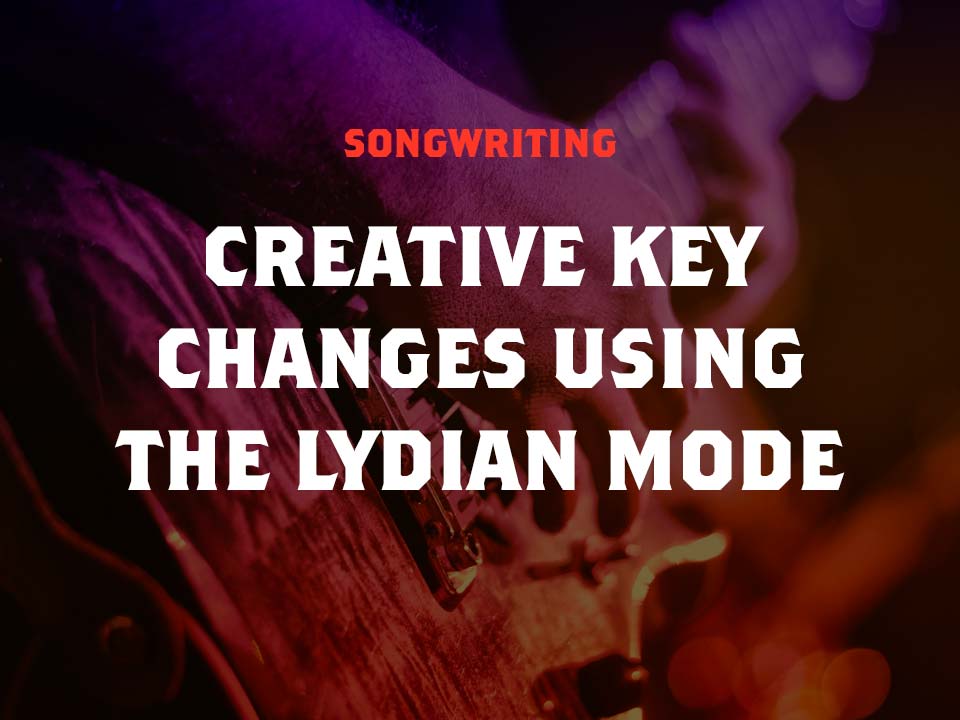
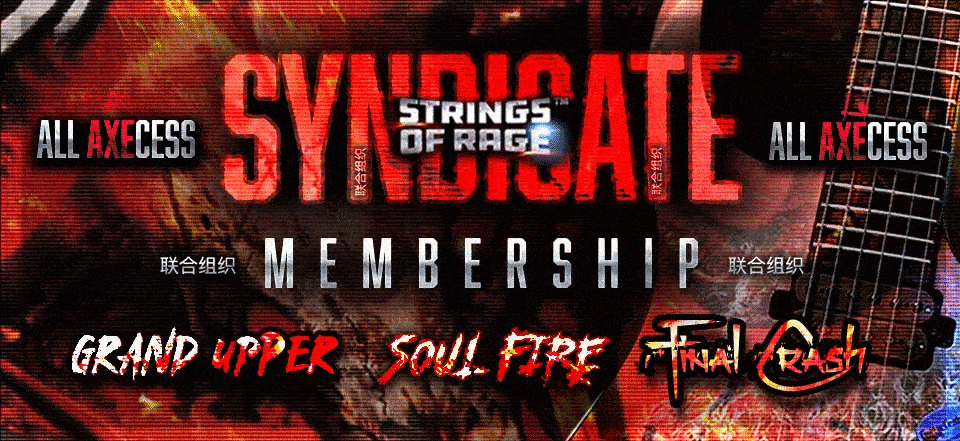
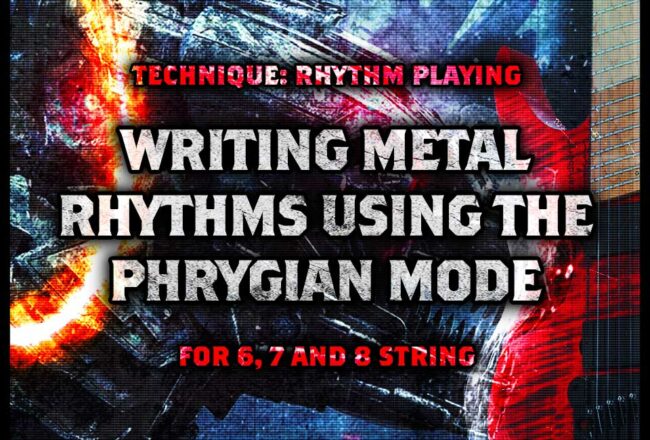








1 Comment
[…] string so it looks slightly different to the example above. You can compare this with the 6 string Lydian shape but with 2 lower strings (So we’re adding V, VI, VII, I, II and III to the […]